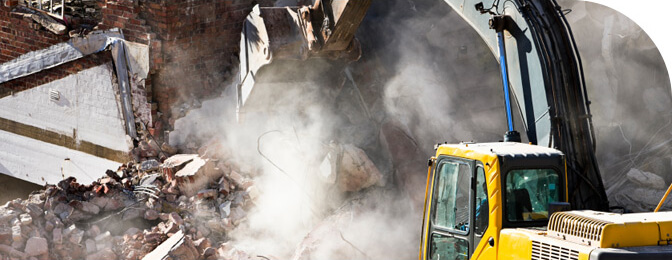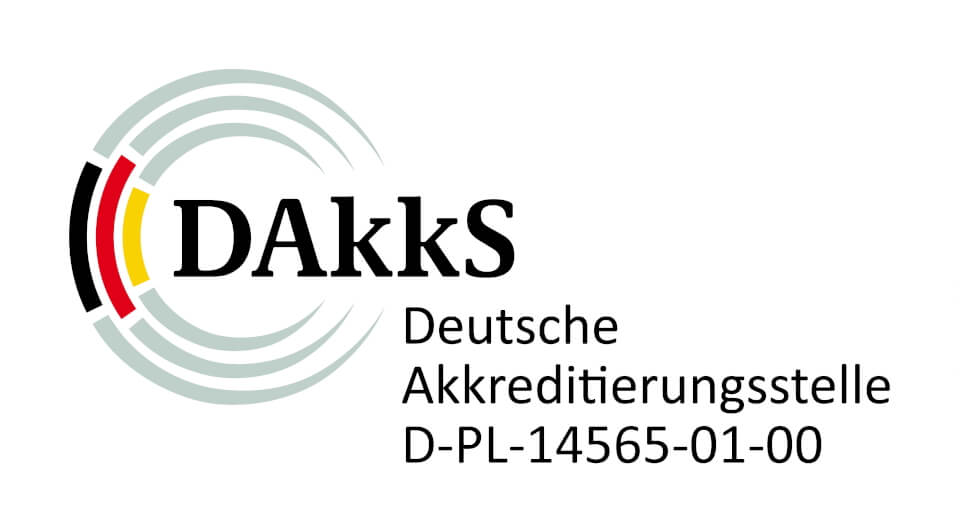
Further information on air measurement
Asbestos, man made vitreous fibres (AMF), fibrous dusts
Particularly with substances used in industrial applications, the greatest number of medical conditions is attributed to the processing and use of products containing asbestos. As it is now known that the fibrous form of asbestos plays a role, especially with regard to the attributed carcinogenic effect, there are now reasonable grounds to suspect that other fibrous substances such as man made vitreous fibres etc. have similar effects to asbestos. In Germany and several other countries, regulations have been adopted on the use of asbestos, in particular within buildings, with regard to decontamination requirements for example (“Asbestos directives”). There are also a number of regulations in the area of health and safety.
Material sample analyses
After light microscopic presorting (stereo microscope), we use SEMs (scanning electron microscopes with analytical technique EDS) to determine the asbestos content of products and materials. Analyses are carried out either based on or in accordance with standard VDI 3866 Bl.5. With other fibres, the foremost question is whether respirable fibres are indeed emitted from the material and, if so, what the chemical composition is.
Concentration measurement of respirable fibrous dusts in the air
The prerequisite for the feared chronic effects of fibrous dusts is the presence of so-called “WHO fibres”, i.e. fibres that can be inhaled. The measuring procedures used by us are described in the standards VDI 3492, ISO 14966 and BGI 505-46 as well as, in the case of emissions measurement (exhaust air), the standard VDI 3861 Bl. 2. A common feature of these procedures is the separation of the dust on a gold-coated micropore filter using an appropriate sampler and subsequent analysis using scanning electron microscopes.
The execution and results of the measurements, as well as references to the applicable limit and guide values, are documented in a measurement report.


